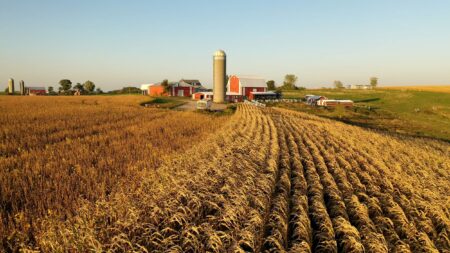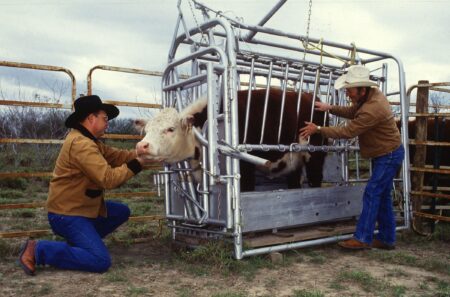The “windshield phenomenon” has long caught people’s attention. Ecologists welcome everyday observations like this but caution against oversimplifying the global insect decline narrative. They point to a multitude of drivers, and emphasize that impacts vary widely across regions.
Bugs are the battle of the ecosystem — benefiting some, bothering others, and equalizing the system of prey and predator at the smallest scale.
Ask an entomologist for their opinion, and they will tell you agriculture’s relationship with insects is complex. Modern research and markets focus on pollination, pest control, and beneficial insects — not just for crops, but also for natural areas. Now a concern on people’s mind: insect biodiversity.
On the farm, insect biodiversity shows up in the soil, in the forage, and sometimes splattered across the windshield of a vehicle. Step outside, and one can encounter just a sliver of the 1 million known insect species on Earth. Scientists estimate at least 5 million more have yet to be discovered or named.
Farmers and drivers alike understand the struggle of scrubbing and power-washing insect biodiversity, insect residue, off their vehicles.
“The biggest pest days come in the humid summer months, especially after rain,” said Aubrey Schlimgen of Schlimgen Farms, a dairy operation in Dane County, Wisconsin. “We routinely pressure-wash all of our equipment, but the longest washing periods are at the end of harvest, when bugs and dust are piled on.”
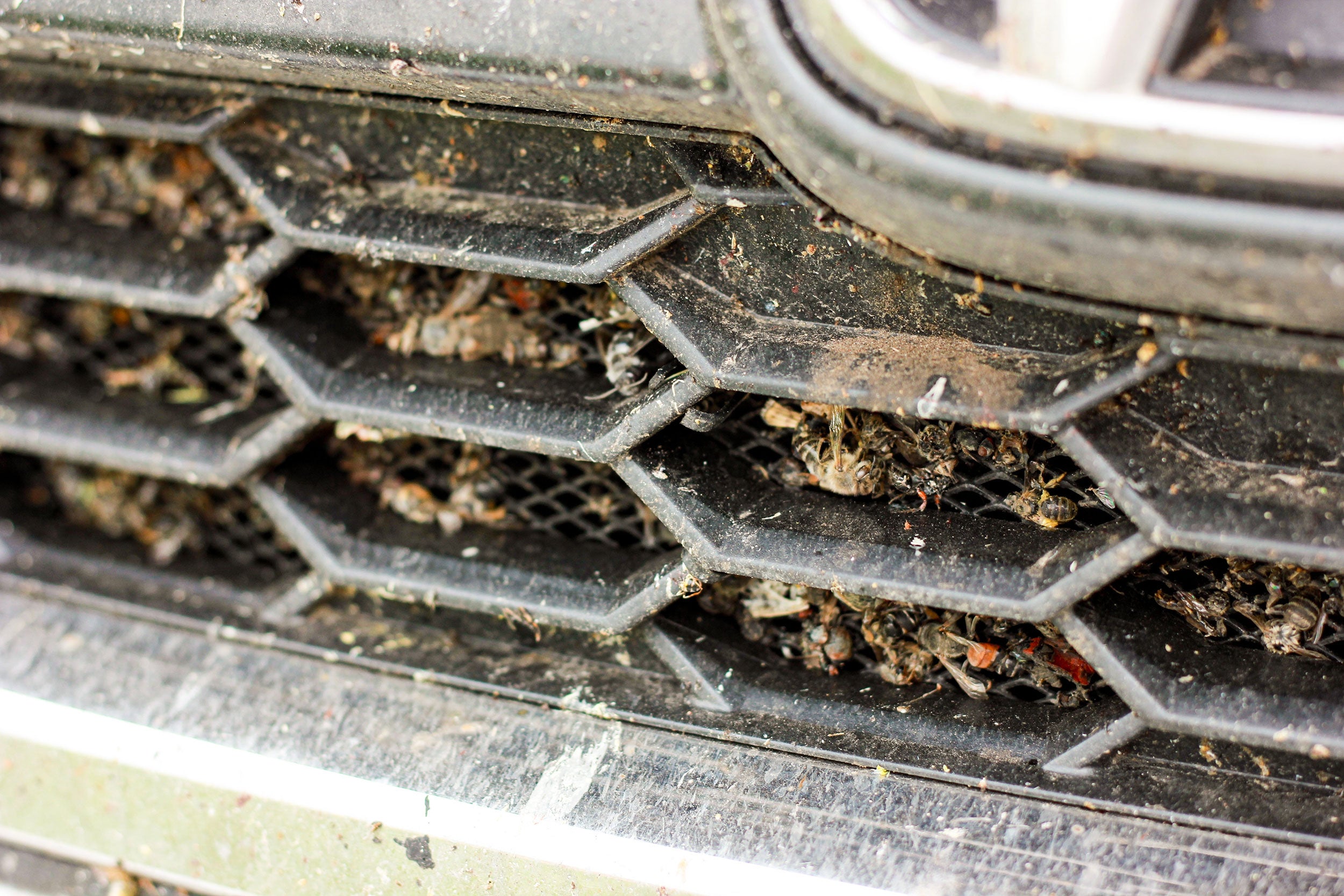
Many have noticed a shift: some years, there is just less to clean. Midges, mosquitoes, moths, and flies, the splatter on your windshield, are now central to global debates over insect decline and species loss.
Generally speaking, the “windshield phenomenon” describes the anecdotal observation that people are seeing fewer insects over time on their vehicles. It is the central component behind what some call a modern insect apocalypse. Just as people notice changes in landscapes, they also observe changes in the populations of species around them.
Manu Saunders is a senior lecturer in ecology at the University of New England. She explained that applying localized data on insect populations to the global scale is not statistically sound.
“There are declines of some species happening in parts of the world. We know this. There is evidence of this,” she explained. “The issue has been with that exaggeration of the narrative to extrapolate to levels where we just simply don’t have the data.”
In 2017, a study from the Entomological Society Krefeld in Germany, and another published in the journal Biological Sciences, demonstrated spatial evidence of population and biomass decline.
Then one widely cited study in Denmark used aerodynamic measurements, counting the insects splattered on car windshields, as a proxy for insect abundance, also indicating decline in a region.
It drew attention, sparked a media firestorm, labeling it as an “insect apocalypse.” Saunders, however, notes how difficult it is to make “grand statements at global scales” when so much of the invertebrate world remains understudied. Debunking the anecdote was the message of years worth of blog posts written as an ecologist and science communicator.
The narrative of insect decline has grown rapidly, while public understanding of that narrative has not, she said.
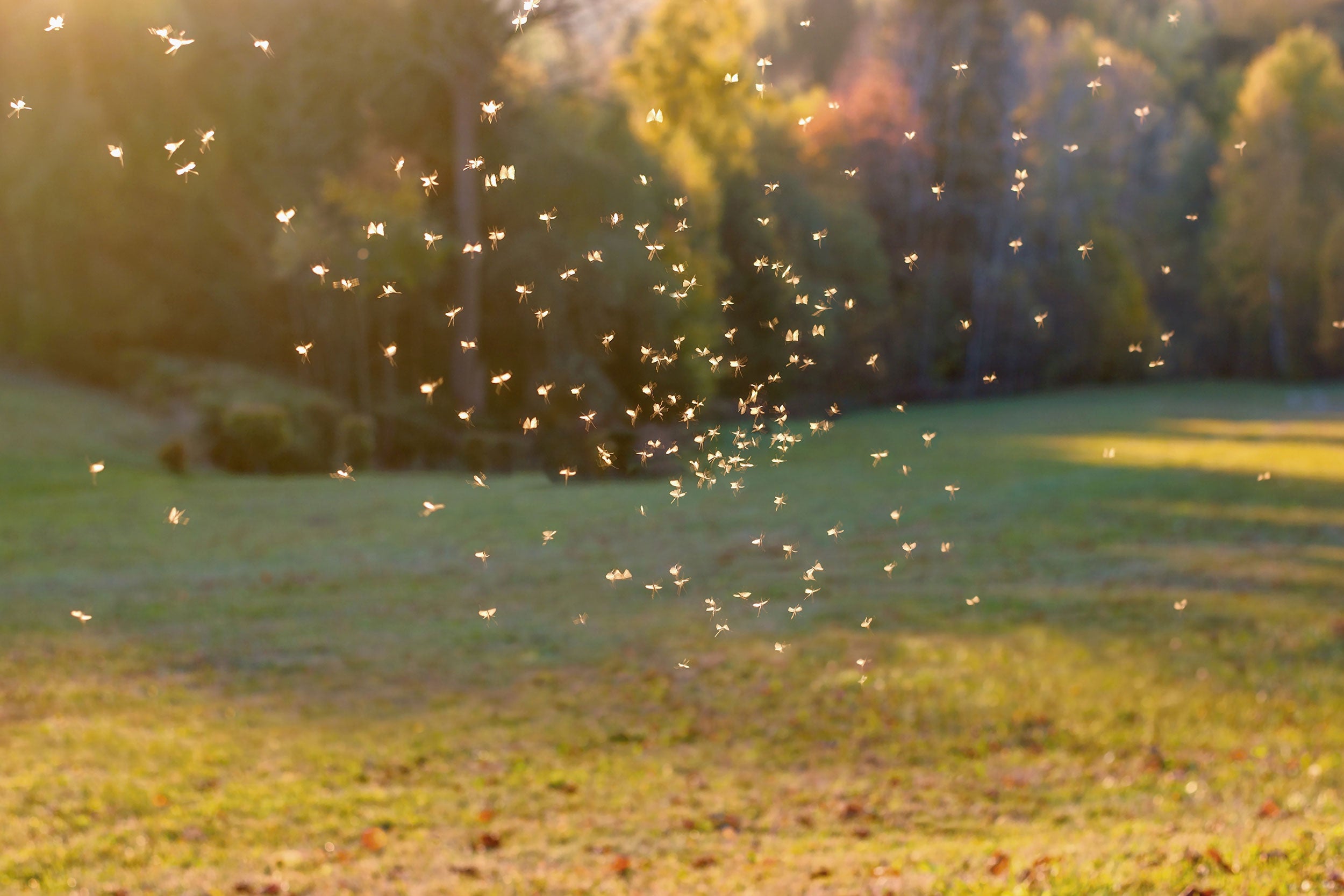

Michael Crossley, assistant professor and agricultural entomologist at the University of Delaware agrees. “There is more location, species, and time-specific data needed.”
The interpretation of insect trends shifts depending on the baseline we use, he noted.
“As it shifts closer and closer into the present, our interpretations shift,” he said. “Some species appear to be shifting their ranges poleward as things get warmer, on average.”
Crossley offered examples to show how warming temperatures, one driver of insect ecosystem change, affect what people see, or do not see, on their windshields.
In regions where rising temperatures make habitats unsuitable for certain insects, species may migrate to areas where they can survive. People in the original region may report a decline, while those in the new region might see an increase. Yet the overall population may not have changed. “It all depends on where you are on the planet,” he said.
Scientists agree on key drivers of insect population change including climate change — the shifts in temperature, precipitation, and seasonality — land clearing, pollution, and other human-caused disturbances.
“We are definitely seeing evidence of a hit that insects are taking in places that are getting extremely hot and extremely dry, places already hot and dry,” Crossley said.
He also referenced insecticidal applications in agriculture and on home landscapes as a driver of some insect declines, particularly with products that may not immediately impact the target insects and instead remain in the environment for an extended period. In the early 2000s, the U.S. Department of Agriculture acknowledged a trend toward reduced insecticide use in agriculture due to improved crop varieties and alternative pest management strategies; however, chemical application data still varies widely by product, crop, and season.
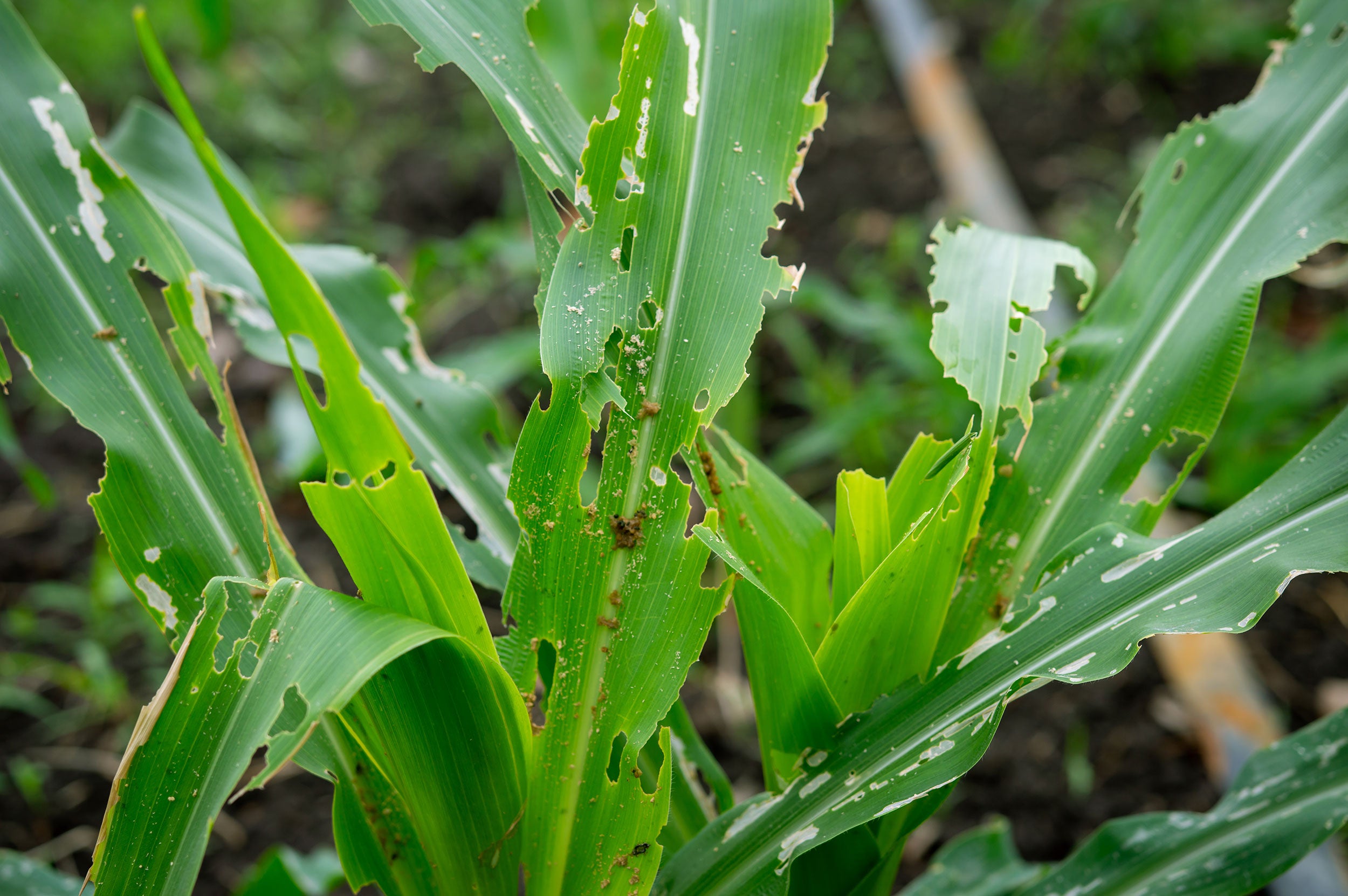

As an agriculture entomologist, Crossley recognizes that crop protection solutions are needed to keep plants healthy and yields strong, but any human centric intervention will have externalities. For example, other often-cited contributing factors to insect declines are habitat loss and artificial light pollution due to development.
Insects drive critical ecological processes often overlooked, like soil aeration, nutrient recycling, decomposition, disease prevention, and pollination. Almost 40 percent of the crops we produce rely on pollination, and nearly 80 percent of terrestrial plants depend on insects to do it.
Each year brings shifts in weather, insect populations, pest control, and power-washing routines.
“Regular folks are noticing fewer insects coming to their lights at night, getting splattered on their windshields during a commute,” Crossley said. “It’s a valid observation.”
Instead of stressing over global numbers and windshield bug counts that might not tell the whole story, entomologists and ecologists, like Crossley, encourage people to focus on stewardship of the biodiversity near them. Whether you are in an apartment or on 10 acres of land, he said, “It’s under our care.”
Jake Zajkowski is a freelance agriculture journalist covering farm policy, global food systems and the rural Midwest. Raised on vegetable farms in northern Ohio, he now studies at Cornell University.


:max_bytes(150000):strip_icc()/Eric-Francis-GettyImages-74115405-bd2fe6474b424478b2b661df08a07ed5.jpg)
:max_bytes(150000):strip_icc()/Tar-Spot-Jared-Goplen-Wyffels-IMG_7763-5cb41072e7d34537b0992f26a3b2a00b.jpg)






